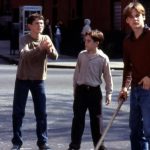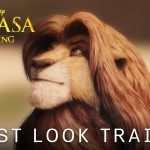Human Traffic (1999)
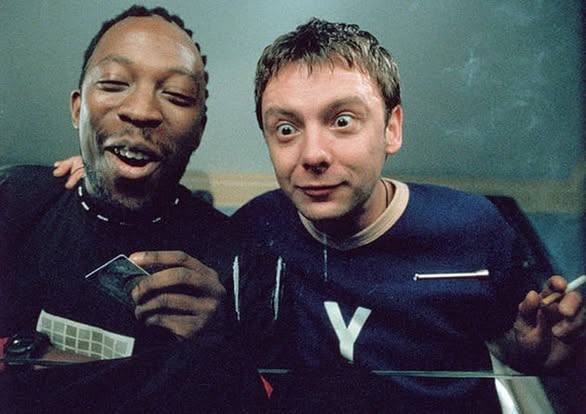
Human Traffic (1999), directed by Justin Kerrigan, is a vibrant and energetic film that delves into the lives of a group of young friends navigating the hedonistic culture of the late 1990s rave scene in Wales. The film captures the spirit of youth, friendship, and the search for identity against the backdrop of a burgeoning electronic dance music movement.
The narrative follows a weekend in the lives of the main characters: Jip (John Simm), a disillusioned young man yearning for more than his mundane existence; Lulu (Lorraine Pilkington), a free-spirited woman looking for excitement; and their diverse group of friends, each with their unique quirks and aspirations. As they prepare for a night out at a rave, the film explores their thoughts, experiences, and the emotional highs and lows of their lifestyle.
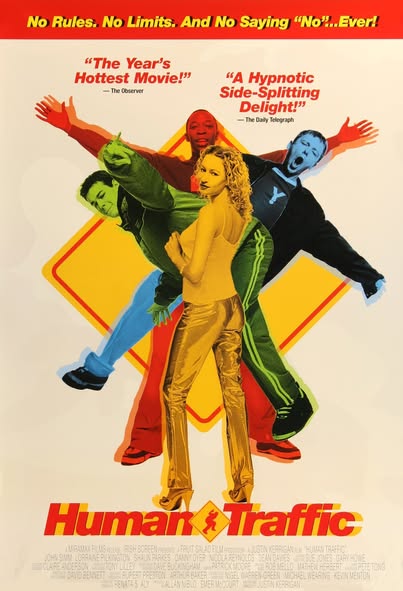
Kerrigan employs a dynamic visual style, utilizing quick cuts, vibrant colors, and a pulsating soundtrack that includes iconic tracks from the era. The film’s energy is infectious, immersing viewers in the euphoric atmosphere of the rave culture. The use of voiceovers and imaginative sequences adds depth to the characters’ inner lives, illustrating their desires, fears, and the impact of their choices.

The film’s exploration of themes such as escapism, friendship, and the search for meaning resonates with audiences. It highlights the allure of the rave lifestyle while also addressing the darker aspects of substance use and the potential for disillusionment. The balance of humor and poignancy captures the complexities of youth culture during this period.
Human Traffic is notable for its representation of the rave scene as a space for self-expression and community, emphasizing the bonds formed between friends amidst the chaos of nightlife. The film’s authentic portrayal of the characters’ struggles and triumphs contributes to its lasting appeal.
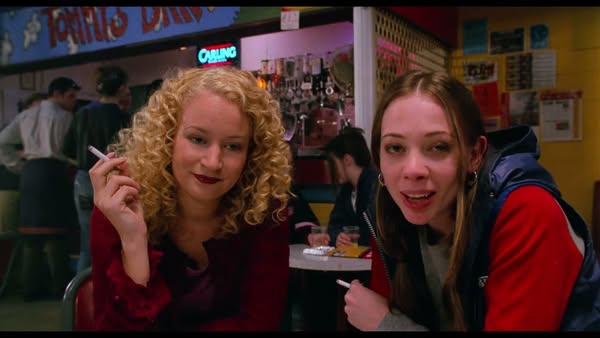
Overall, Human Traffic is a cult classic that encapsulates the spirit of a generation, offering a nostalgic glimpse into the rave culture of the late ’90s. With its energetic storytelling, relatable characters, and vibrant visuals, the film remains a beloved exploration of youth, freedom, and the quest for connection in an ever-changing world.


